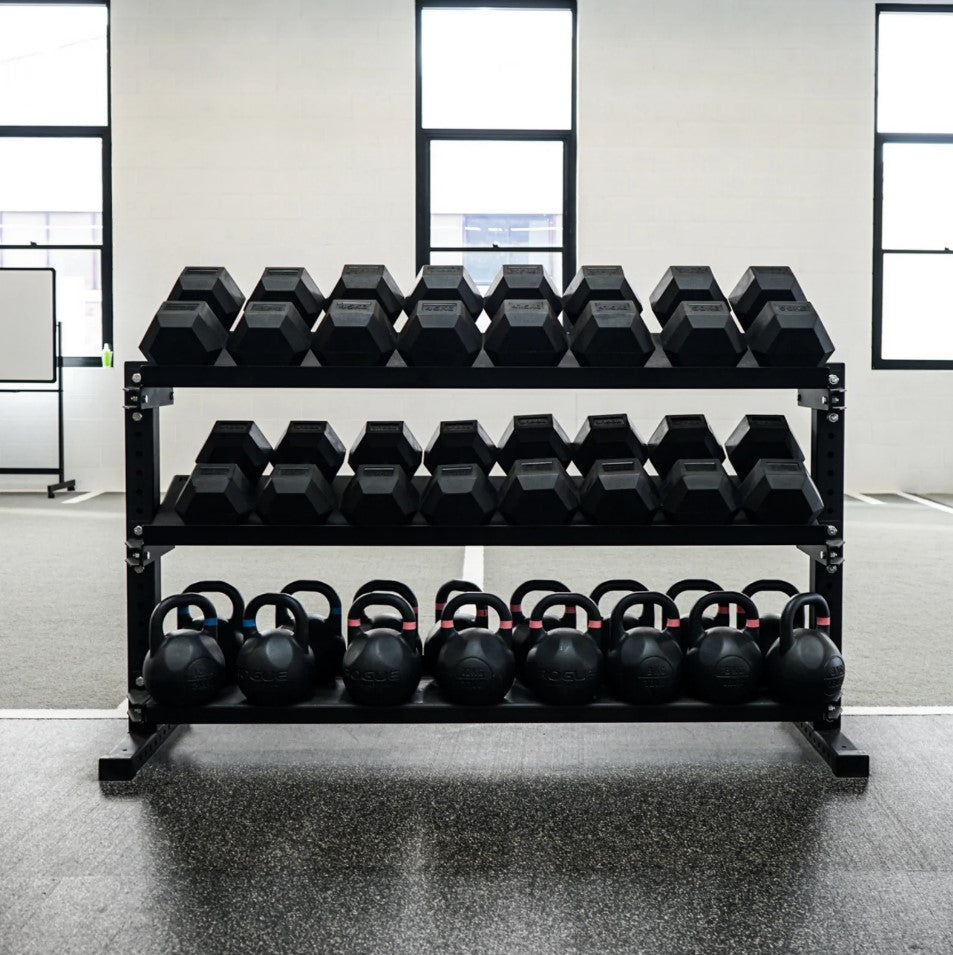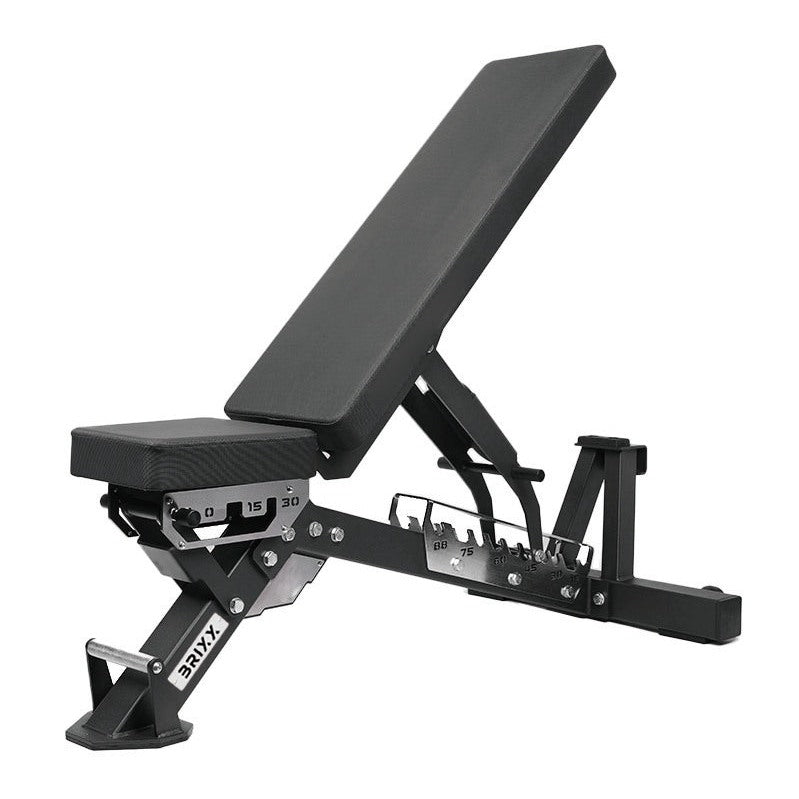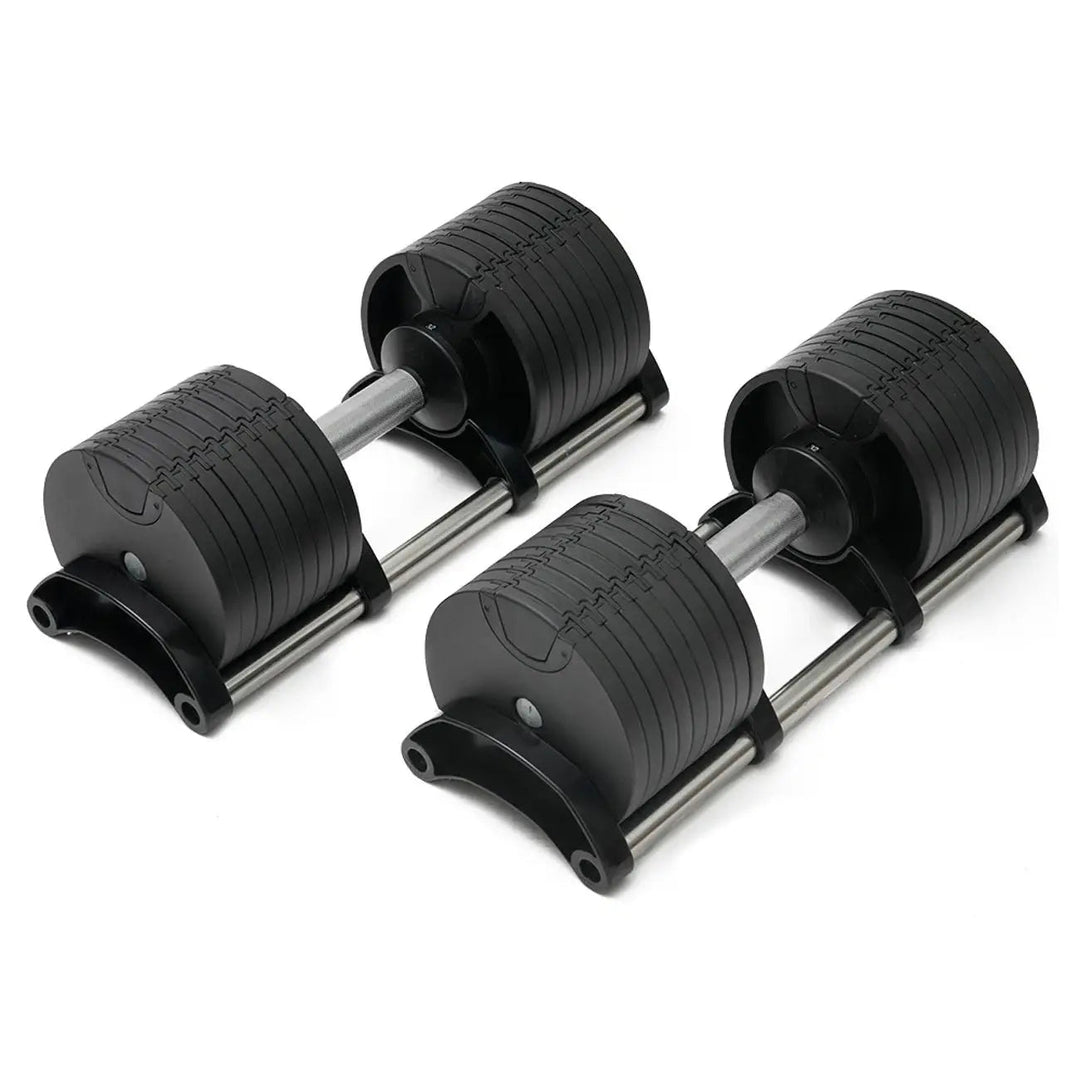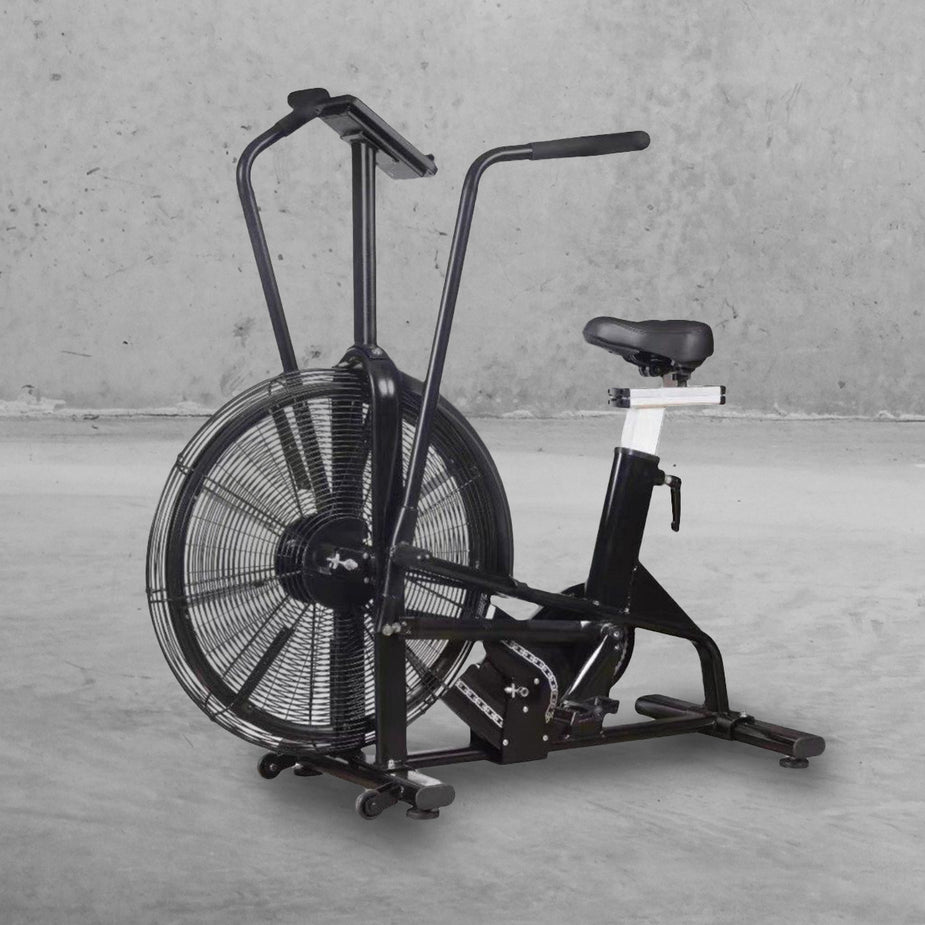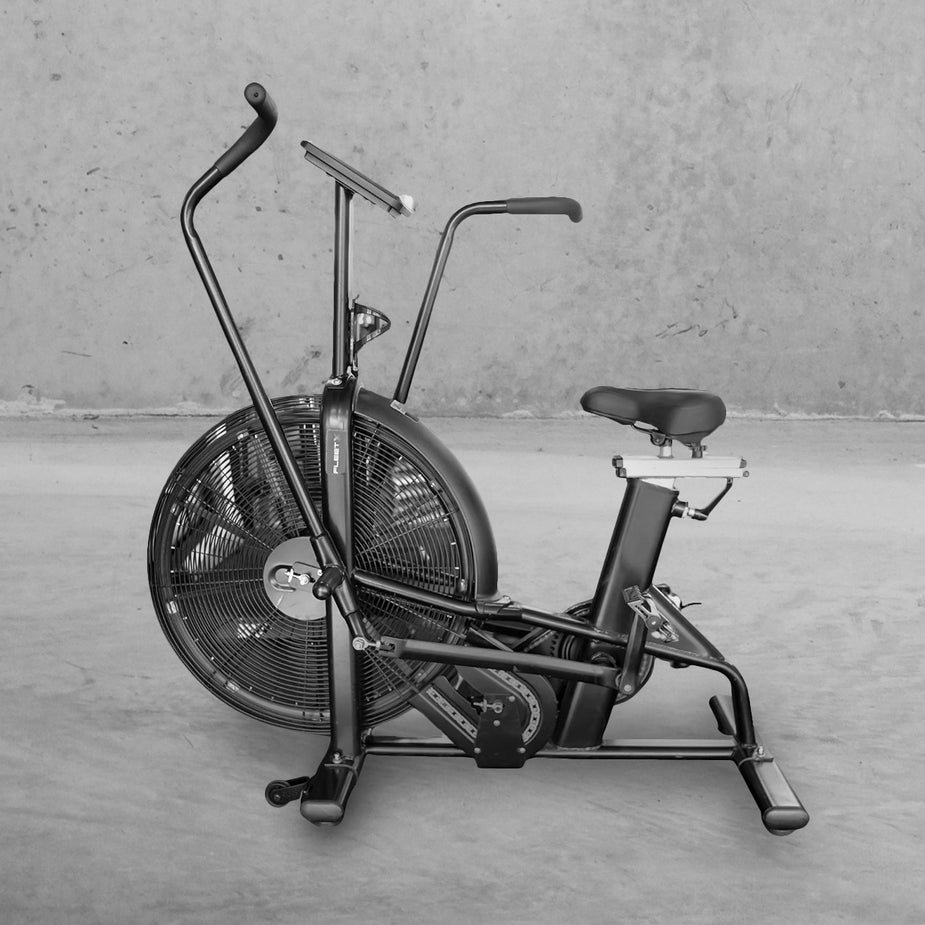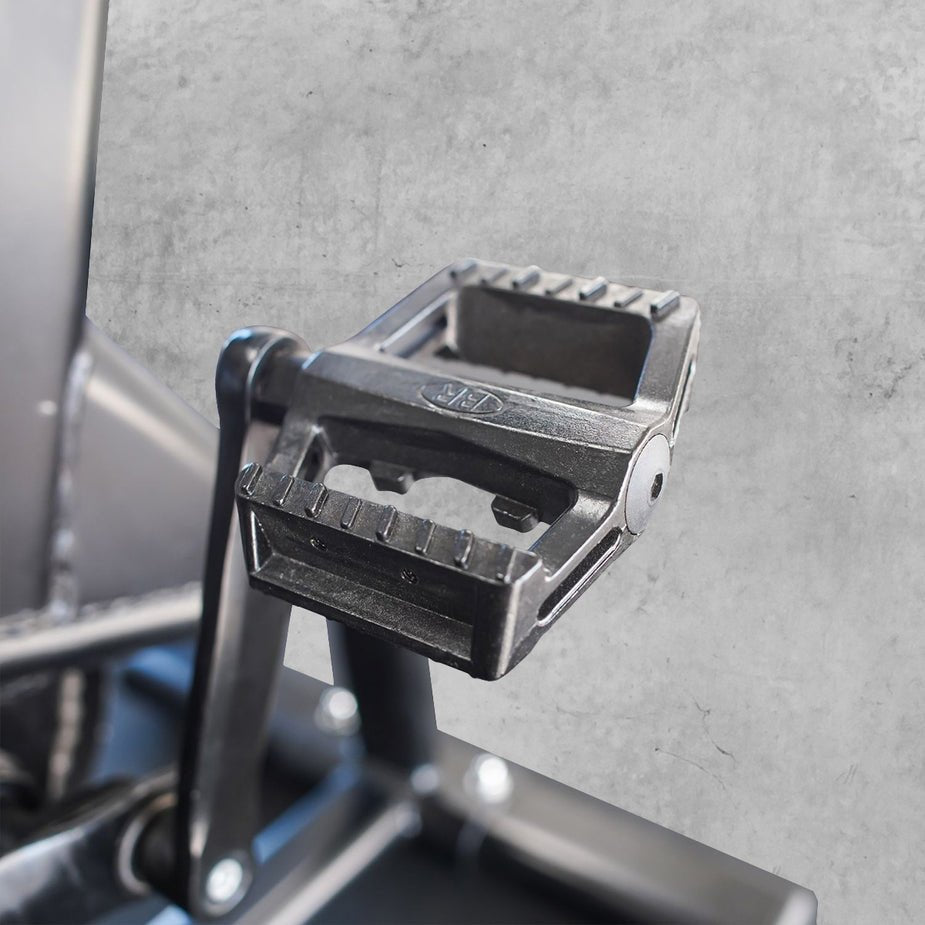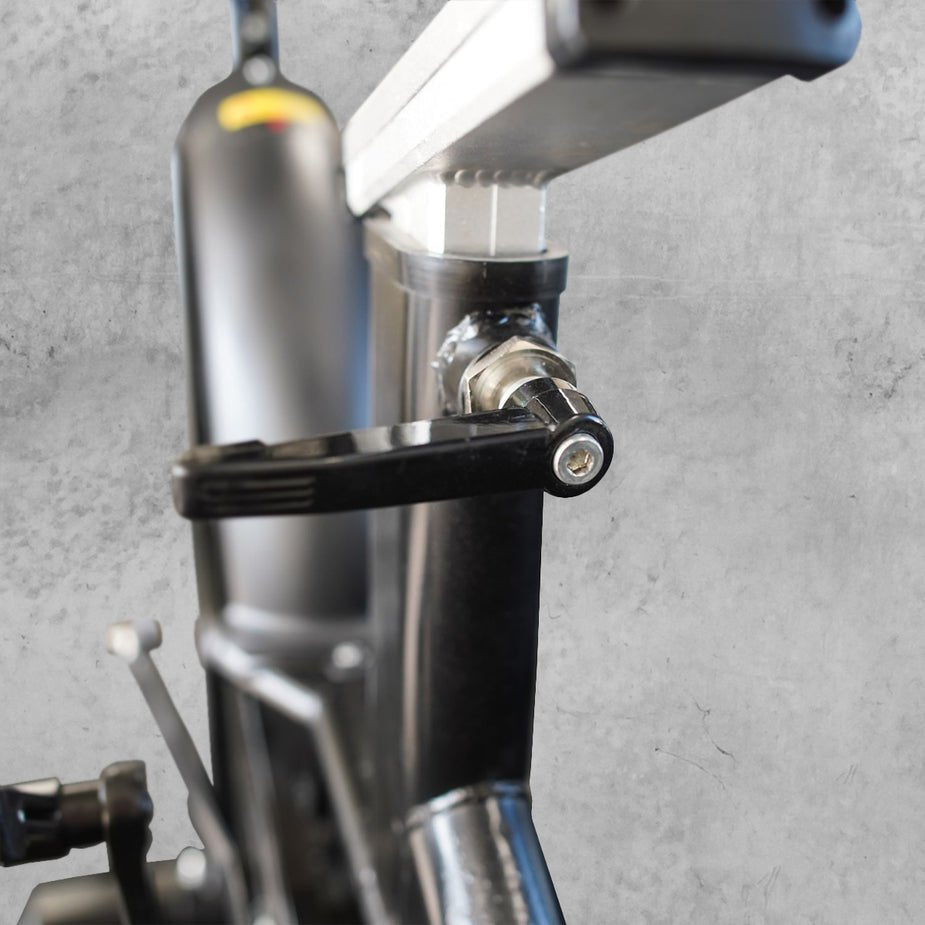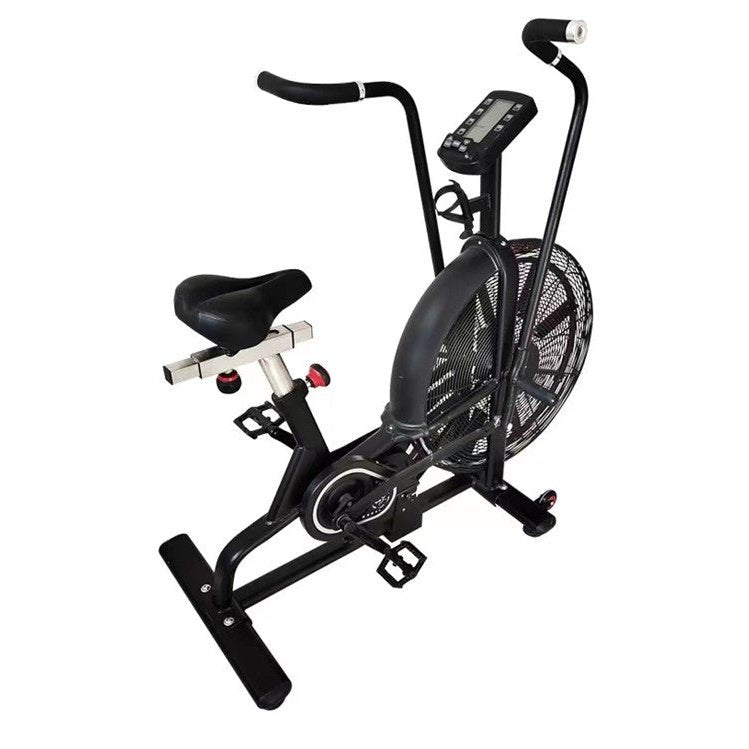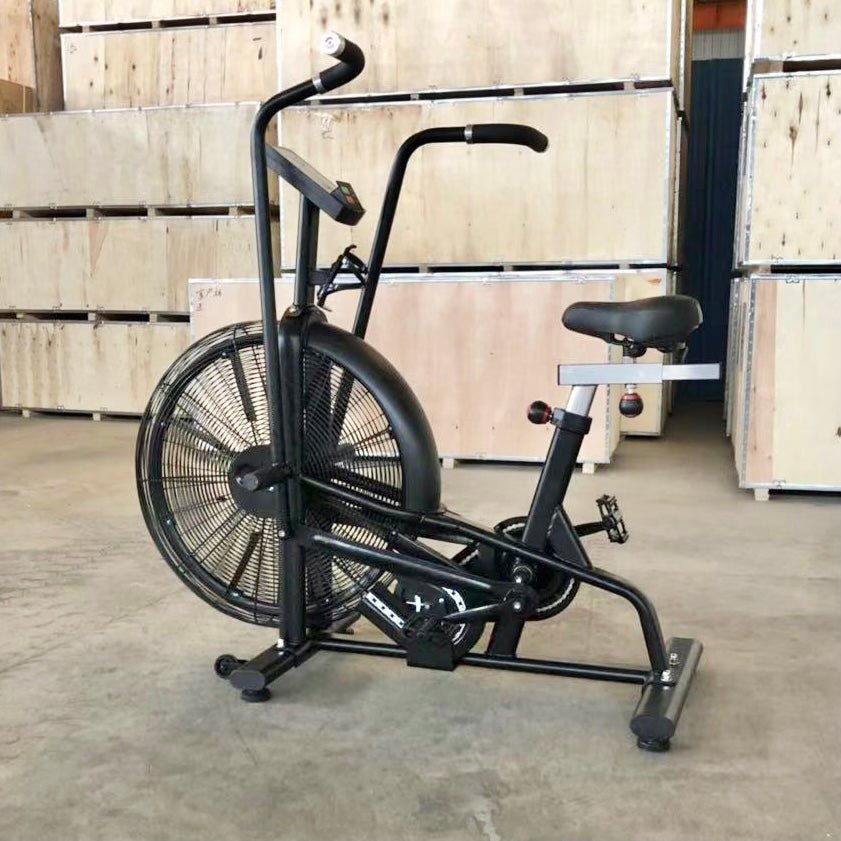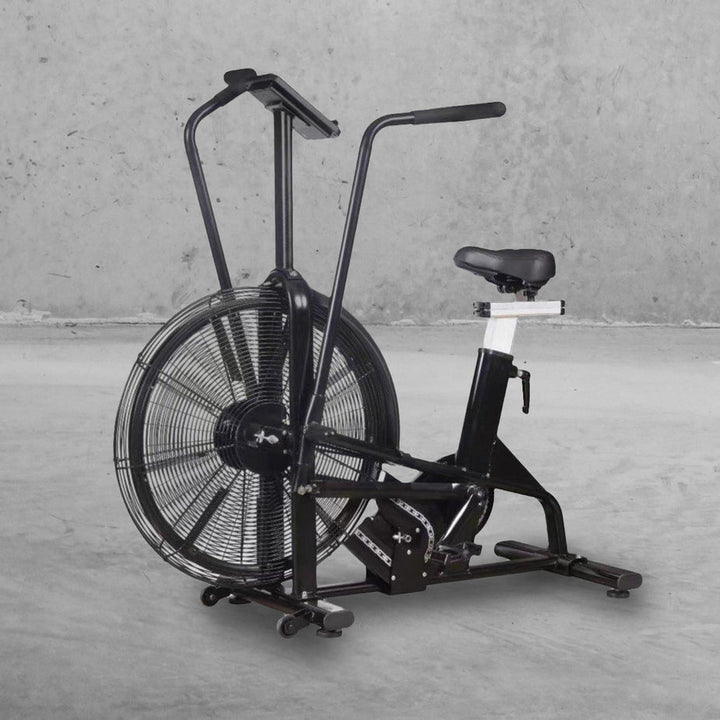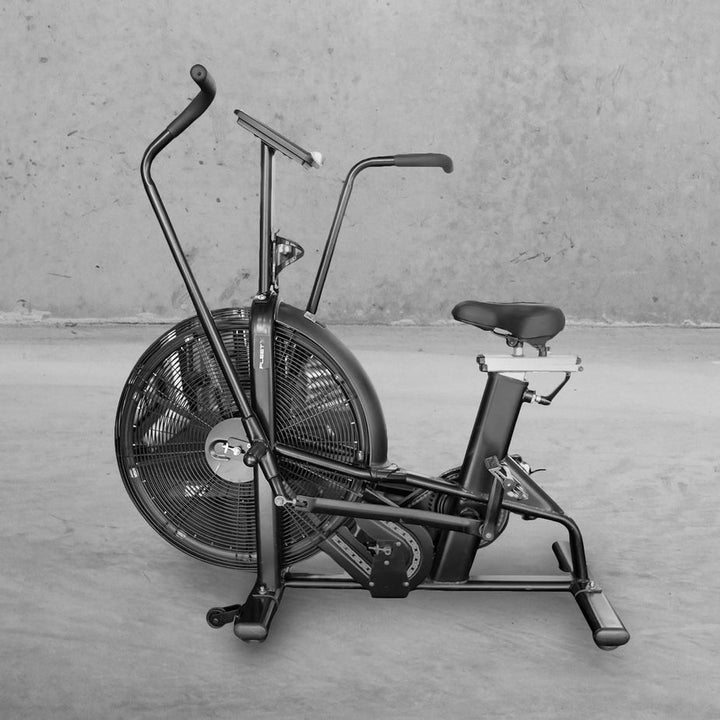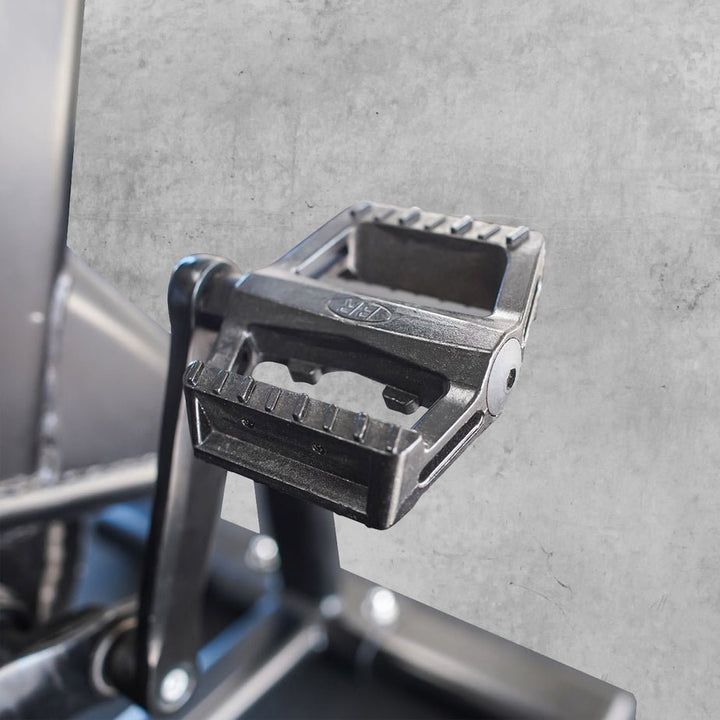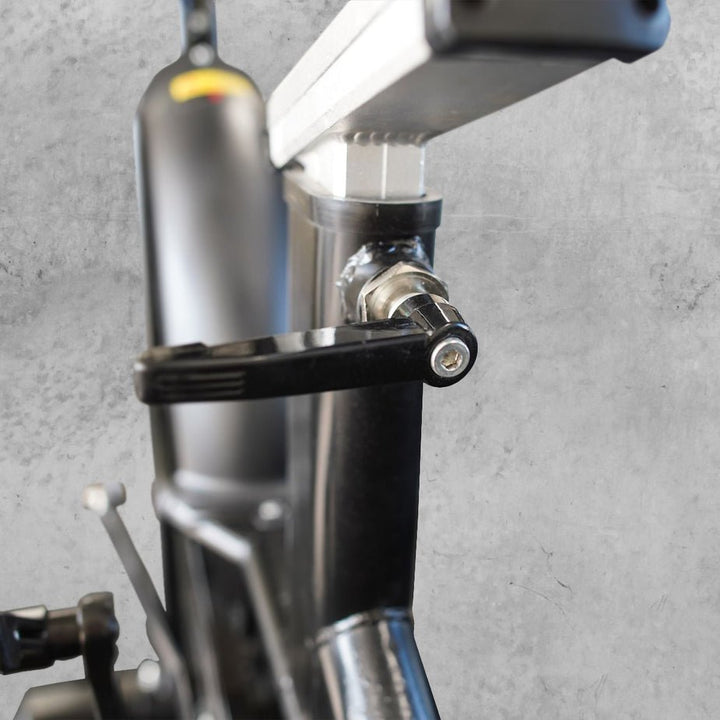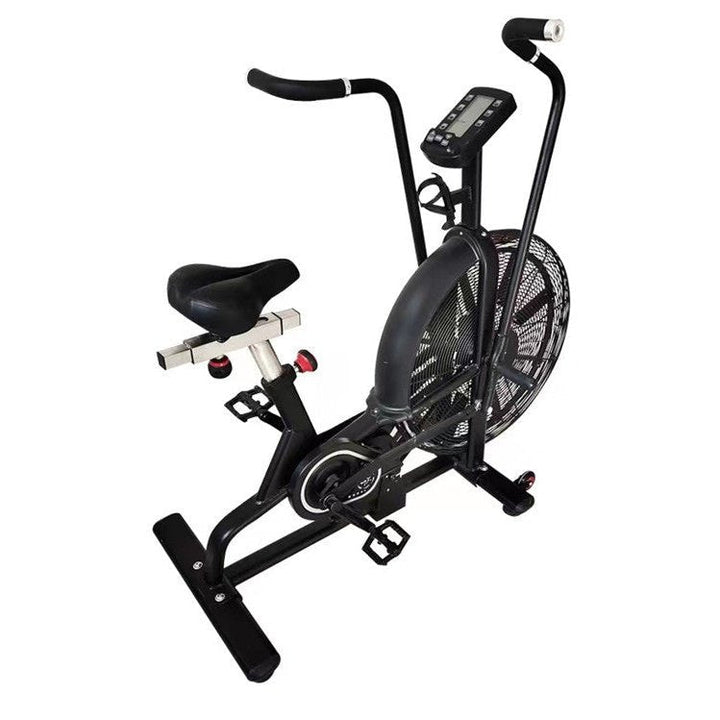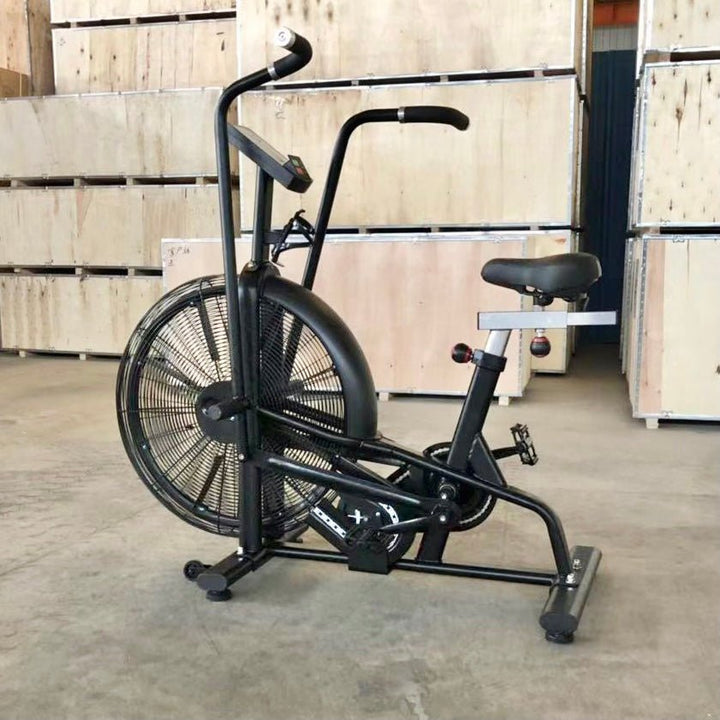How to Do Incline Bench Press Properly?

Looking to target your upper chest and add variety to your chest workouts? The incline bench press is a fantastic exercise that shifts the focus upward, helping you develop a fuller, more balanced chest.
What is an Incline Bench Press?
The incline bench press is a key variation of the classic bench press that targets the upper portion of the chest muscles. By adjusting the bench to an incline, the exercise emphasizes the upper pectorals and the front deltoids, offering a comprehensive upper-body workout.
Incline Bench Press Benefits
The first benefit of doing the incline bench press is that you’ll get to do a workout that focuses on your upper chest.
The incline position of the bench puts more stress on the upper portion of your pectoralis major, or the muscle that makes up your chest. This means you can develop a more sculpted and defined upper chest.
The incline bench press also works your shoulders and triceps. The anterior deltoid, the front part of your shoulder, is especially challenged during this exercise. Strong shoulders and triceps are important for good posture and overall upper body strength.
If you’ve had shoulder injuries or are prone to shoulder pain, the incline bench press can be a gentler alternative compared to the flat bench press. This is because the incline bench press may put less stress on your shoulders.
Because the incline bench press allows you to use more of your upper body muscles, you may be able to lift more weight than you can with a flat bench press. Thanks to this, you can build muscle mass and strength more quickly.
The incline bench press also engages your core muscles to help you stabilize your body during the lift, which in turn can improve your overall core strength and stability.
Muscles That are Worked by the Incline Bench Press
The Pectoralis Major is the main target muscle of the bench press. It is the large, fan-shaped muscle that makes up most of your chest. The bench press works the pecs throughout the entire pushing motion.
The Anterior Deltoid are the muscles on the front part of your shoulders. They help to push the weight upwards.
These are the muscles on the backside of your upper arms. They help to extend your elbows, which is crucial for pushing the weight up during the bench press.
Incline Bench Press Angle
This is the most common and recommended range for the incline bench press. It offers a balanced challenge for your upper chest and shoulders.
This angle puts more emphasis on your upper chest, which is great for developing a more defined upper pec area.
As the angle gets steeper, your shoulders start to take over more of the work. This can be a great workout if you want to target your shoulders specifically, but be careful not to mess up your form or risk shoulder injury.
Incline Bench Press Form
Lie back on the bench and press your feet flat on the floor, hip-width apart. Arch your lower back slightly so that your spine is curved. This can help to engage your core and protect your back.
Take a deep breath before you begin the pressing motion. This will help to brace your core and stabilize your body.
Slowly lower the barbell/dumbbell towards your chest. Aim for the lower part of your pectorals (chest muscles) near your sternum. Keep your elbows tucked in close to your body at a 45-degree angle throughout the movement. Don't let your elbows flare out to the sides.
Let the bar/dumbbells lightly touch your chest for a brief moment. Then, exhale and press the weight back up to the starting position. Focus on pushing with your chest muscles, not your shoulders.
Don't bounce the weight off your chest at the bottom of the movement. Control the weight throughout the entire rep, both on the way down and on the way up.
Extend your arms almost completely at the top of the movement, but don't lock your elbows completely. This will help to maintain tension in your chest muscles.
Incline Bench Press Alternatives
For those looking to diversify their chest workouts:
- Dumbbell Chest Pullovers: Targets the upper chest and stretches the lats. Lie on a bench with dumbbells held overhead, then lower them in an arc behind your back.
- Reverse Grip Rotational Dumbbell Press: Provides a twist on the regular press, engaging different stabilizer muscles. Use dumbbells with a palms-up grip and rotate your hands slightly during the press.
- Incline Diamond Push-Ups: Similar to decline push-ups but with hands close together forming a diamond shape, targeting the inner chest. Find an inclined surface and perform push-ups with this hand placement.
- Incline Bench Dips: Performed on an elevated bench or sturdy chair, dips target the chest, triceps, and shoulders.
- Low-to-High Cable Flyes: Start with your arms extended low and bring them together in an arc, isolating the chest muscles.
- Resistance Band Incline Chest Press: Use a resistance band anchored around a sturdy object to mimic the pressing motion of the incline bench press.
How to Avoid Injury?
Before you start lifting, make sure that you warm up properly. A proper warm-up increases blood flow to your muscles and prepares your body for the workout ahead. Generally, you should spend 5-10 minutes for warm-up.
Remember to always maintain proper form so you can avoid any injury during the exercise.
If you only started doing the incline bench press or haven’t done it in a while, start with lighter weights to perfect your form. Gradually increase the weights as you become more comfortable and confident in your technique.
Having a spotter is especially important when performing the incline bench press. A spotter can assist you with the bar if you struggle during a lift, helping prevent the bar from falling on you and causing injury.
Proper breathing techniques help maintain stability and control during the lift. Inhale deeply as you lower the bar and exhale as you press it upward. This rhythm helps keep your core engaged and supports your spine.
The incline bench press puts extra stress on your shoulders. Ensure you include shoulder-strengthening exercises and stretches in your routine to maintain shoulder health and mobility. Avoid pushing through shoulder pain, as this can lead to more severe injuries.
The Equipment for Doing Incline Bench Press
Mastering the incline bench press requires not just technique but also the right equipment to ensure effectiveness and safety.
Our comprehensive collection of Hex Dumbbells is ideal for scaling the intensity of your incline bench presses. Available in weights ranging from 2.5kg to 15kg, these dumbbells are perfect for progressive overload, allowing you to continuously challenge your muscles as you gain strength. Each dumbbell is designed for durability and safety, ensuring a consistent and effective workout. Browse our extensive selection here.
Crafted from commercial-grade steel, this bench can support up to 400kg, providing a robust foundation for your workouts. It features non-slip foot caps to enhance stability on any surface and is equipped with high-quality leather and soft foam padding to ensure comfort during intense sessions. This bench adjusts easily, making it versatile for a range of exercises including the incline bench press. Learn more about our adjustable bench here.
Optimize your home gym with the BRIXX 40kg Adjustable Dumbbell Sets, Rack, and Adjustable Bench Package. This space-saving set is designed for versatility, with dumbbells adjustable up to 40kg in 17 weight settings. Whether you're just starting out or are a seasoned lifter, this package provides the flexibility and durability needed for a full spectrum of exercises. Discover more about this all-in-one solution here.
Incorporating the incline bench press into your training regime can transform your upper body strength and aesthetics. Equipped with premium BRIXX Fitness gear, you’ll be prepared to tackle this challenging exercise with confidence. Elevate your workout today by investing in quality equipment that matches your commitment to fitness.





